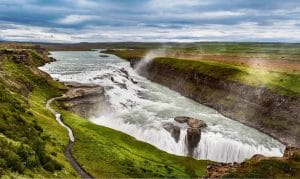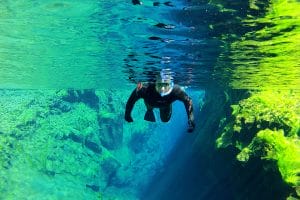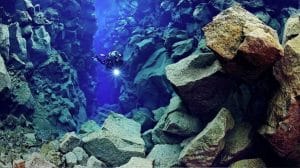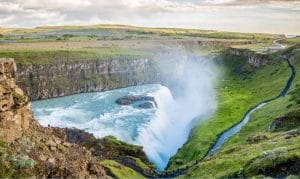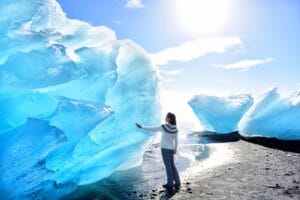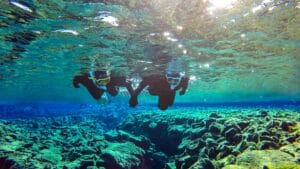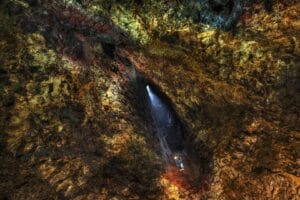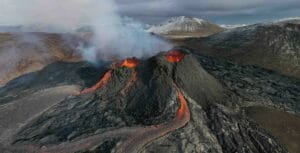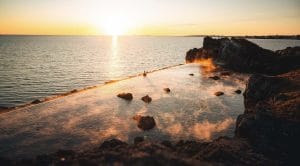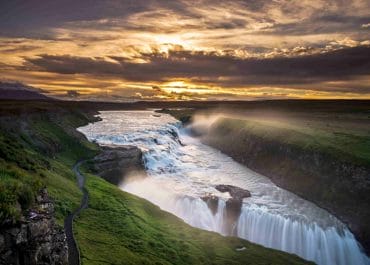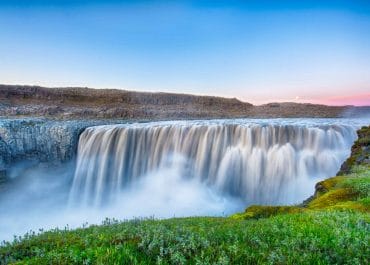Amidst glaciers, lava caves, ice caves, hot springs, and cascading waterfalls, Iceland is no short of wonders to offer to the tourists. One such amazing experience that you will have in Iceland is when you go snorkeling in the below-freezing temperature of the land of ice and fire. Diving and Snorkeling in Iceland is an experience that you will never get to experience anywhere else in the world. There won’t be enough chances for you to see and experience glaciers, lava fields, hot springs, waterfalls, and diving into crystal clear spring water on a single trip. Get a little bit of all these activities is what will properly complete your trip to Iceland.
In the land of fire and ice where the temperature is always changing, snorkeling sites represent a very beautiful constant. The waters are always calm and soothing, the temperature stays at 2°C. While snorkeling will offer you a view of the underwater wonder from a distance, diving brings you closer to those wonders on many levels opening a gateway to completely different Iceland – one that does not find any similarity to the name of the country at all.
Snorkeling as an Activity
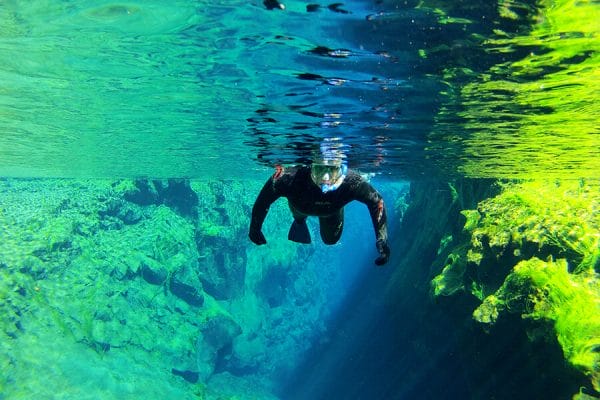
Snorkeling can be seen as a mixture of swimming and diving. When snorkeling, you stay near the surface of the water with your head below the surface so that you can see the view underwater. You will be using equipment known as snorkeler to breathe through. One end of the snorkeler stays above the surface to supply the natural oxygen form the air. Snorkeling can be enjoyed by children and non-swimmers as well which makes it rather popular among a certain set of people. Dealing with snorkeling equipment is relatively easier than the scuba diving equipment which makes it ideal for inexperienced folks and first-timers.
Diving as an Activity
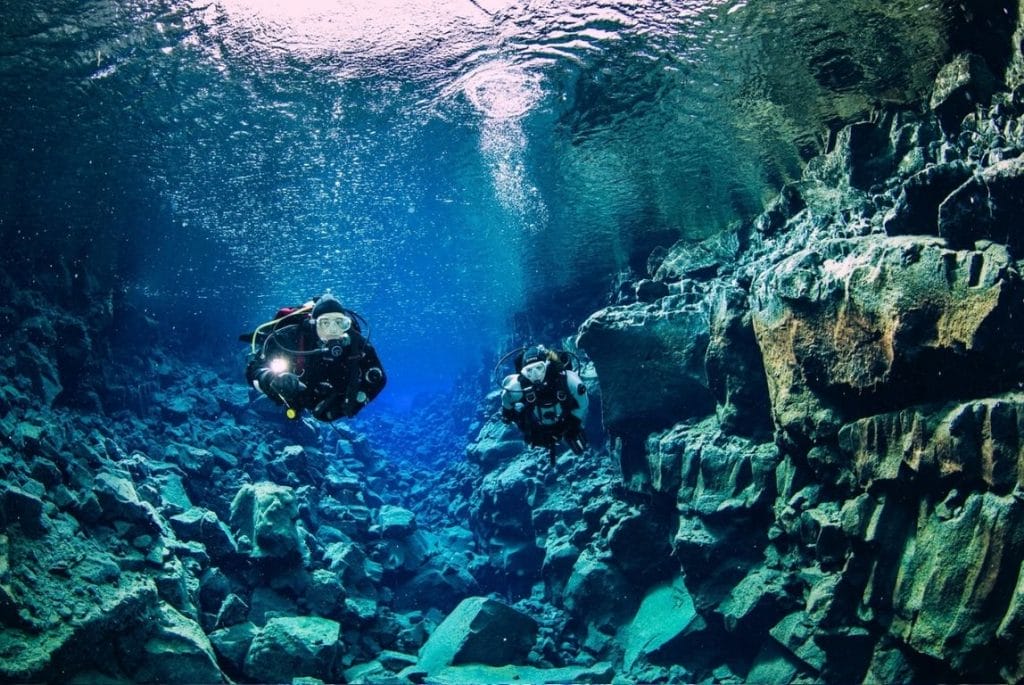
Diving is simply experiencing the underwater world from a lot closer. The things you see from the surface when you go snorkeling are available for you to experience in life-like size. Diving brings you close to the marine and life and raises you from the status of a mere spectator to a part of the marine world. One great thing about diving is that you not only get to face the biodiversity of the marine world but also get to meet fellow divers which in this case can be from various nationalities and backgrounds. Diving is not only an activity that you can enjoy when you are on vacation, but it is also a tranquil experience that brings solace to the soul along with pleasure the eyes.
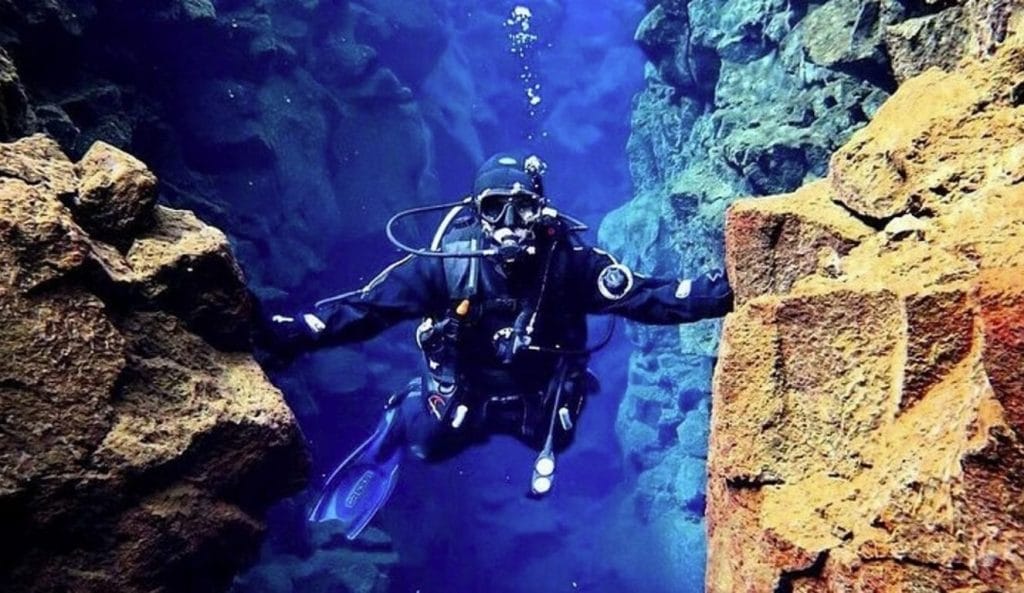
Know Your Equipment
Enthralling activities like diving and hiking are exciting at every level. You get a tingling sensation when you dive deep into the water and lay your eyes upon the flora and fauna. Although the amount of excitement this activity brings is directly proportionate to the number of security measures one needs to take care of. Diving and snorkeling can be enjoyed properly only with the help of proper equipment. While everything that you will need underwater will be provided by the tour company and the diving instructor on the site, have a basic working understanding of the equipment that will help you in a great manner:
- Diving Mask: The diving mask is simply one of the most important gears that you will need underwater since human eyes are not adapt to function properly underwater. Diving protects the eyes as well as offer you clear visibility.
- Drysuit/Wetsuit: Drysuit and wetsuit both are essentially the same things with a slight bit of difference in making. Wetsuit uses a layer of water in it which is kept warm by the user’s body heat. The drysuit has a layer of air in place of water and is completely sealed to keep the user warm when diving into the water near the freezing temperature. The choice between drysuit and wetsuit can be made as per the level of temperature your body can tolerate. Diving in Iceland should always be done with a drysuit as the temperature of the water is very low and requires proper insulation.
- Fins: Fins help you gain more control over movements underwater and help you navigate expertly under pressure. There are a few choices and types available in the market for you to pick from such as open heel, full foot, blade, or split fins.
- Diving Gloves: Exploring is inevitable when you dive underwater and that is where scuba diving glove comes in handy. Make from thick material, they keep your skins protected from punctures and other possible damaging factors.
- Scuba Tank: Scuba tank is a part of your breathing equipment along with a scuba mask. Large volumes of different types of gasses can be stored in the tank to support breathing for long hours.
- Breathing Regulator: As evident by the name, regulator helps you breathe underwater by supplying the highly compressed air to your mouth converting it into ambient pressure air. The regulator comes with supplementary first and second stage parts as well so that you do not run in a breathing emergency.
- Depth and submersible pressure gauge: The depth gauge measures the depth reached during the dive and the submersible gauge keeps track of the gas in your tank. This helps you determine how much longer and deeper can you go underwater.
- Snorkeler: The most important piece of equipment for snorkelers, this helps you breathe when you go snorkeling. One end of the snorkeler stays in your mouth while the other stays above the surface to supply you air to breathe. Most divers also prefer to carry a snorkeler when they dive.
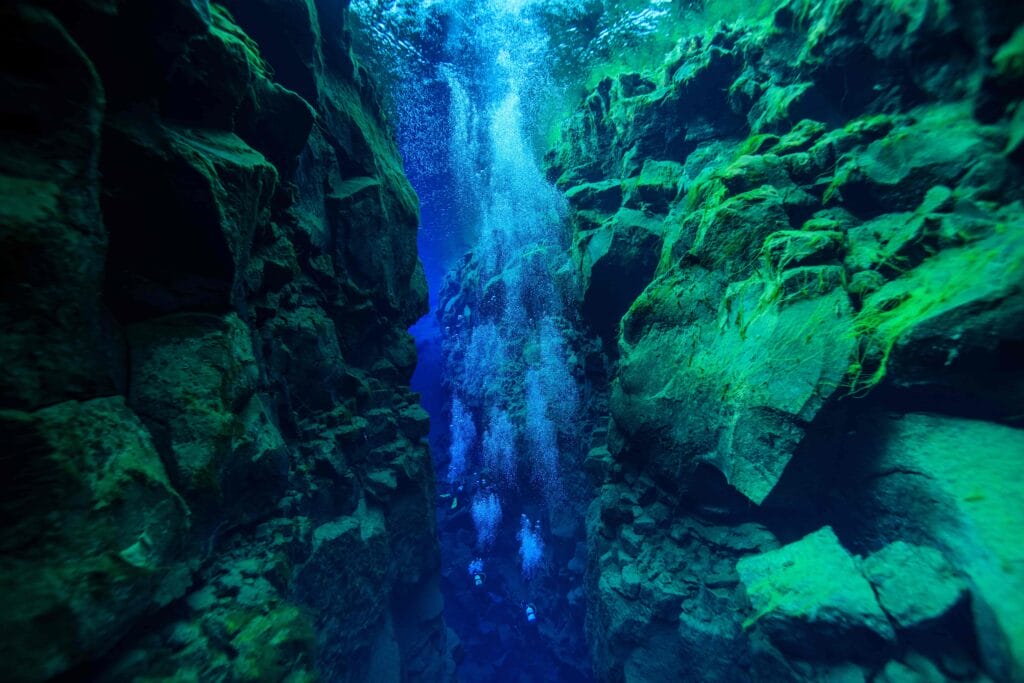
Popular Snorkeling and Diving Sites
Most part of Iceland is covered in glaciers and the remaining is caved on by volcanos, highlands, waterfalls, and hot springs. Although diving is a pretty famous activity around the country among tourists, the prime sites are still more of a hidden gem for the common visitors. There are about 10 major sites where you can go diving and snorkeling in Iceland and each one of them has its specialty for you to explore, much like glaciers. Following is a list of some of the top snorkeling and diving sites in Iceland.
Silfra: The Dive Between the Continents
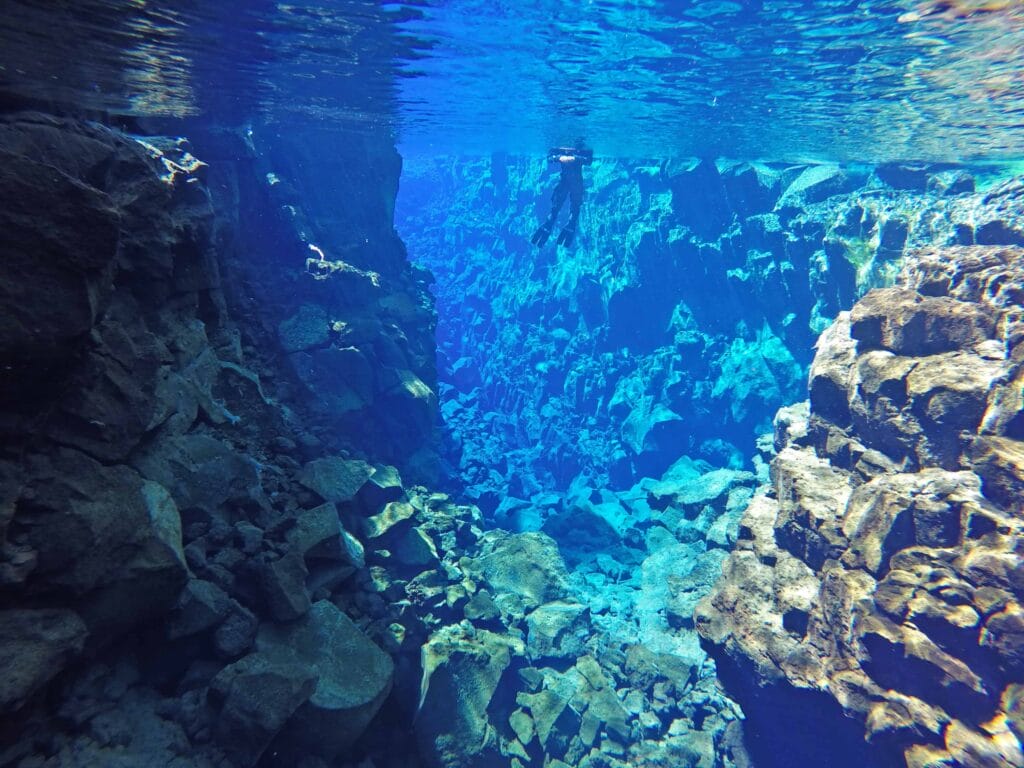
Silfra is a fissure between two tectonic plates, Eurasia and North America in Thingvellir National Park. A fissure is a crack or an opening between rocks. The crack formed in an earthquake in 1789 which made the two tectonic plates drift apart. The two plates have been drifting apart about 2 cm per year. This opening or fissure is filled with water from an underground spring it cuts in that gets the water from the nearby glaciers. The water is filtered by the porous lava rocks for hundreds of years. The water is so clean that it is safe for drinking. The crystal-clear water has a visibility of over 100 meters. The water in Silfra fissure is always within a temperature range of 2°C to 4°C which makes it the perfect site for both summer and winter dives. While the summer dive will have you witness beautiful underwater reef and other flora and fauna, the winter dives a refilled with a neon green rock formation in the bottom and other many heart-clenching sites.
Silfra is by far the most popular snorkeling and diving location in Iceland. Nowhere else in the world can you swim between tectonic plates in the clearest and cleanest water you can find.
Strýtan: The Geothermal Chimney
One of its kind, Strýtan is the only geothermal chimney around the world that is open for scuba diving right now due to its appropriate depth. Located a little towards the north, near the town of Akureyri, Strýtan has a total depth of 70 meters and is located in Eyjafjörður. It is a hot spring that releases the hot water filled with various minerals into the cold water of the ocean. As soon as the minerals come in contact with the cold water, they start to coagulate and change from liquid to semi-solid masses. This process is the reason for the creation of the 15-meter tall underwater limestone pillar/chimney in the spring. It is a sight to behold and not something that you can find at any other scuba diving sites in the world. Tours to Strýtan are generally available as a single day-only tour and can be book easily with a tour company.
Kleifarvatn
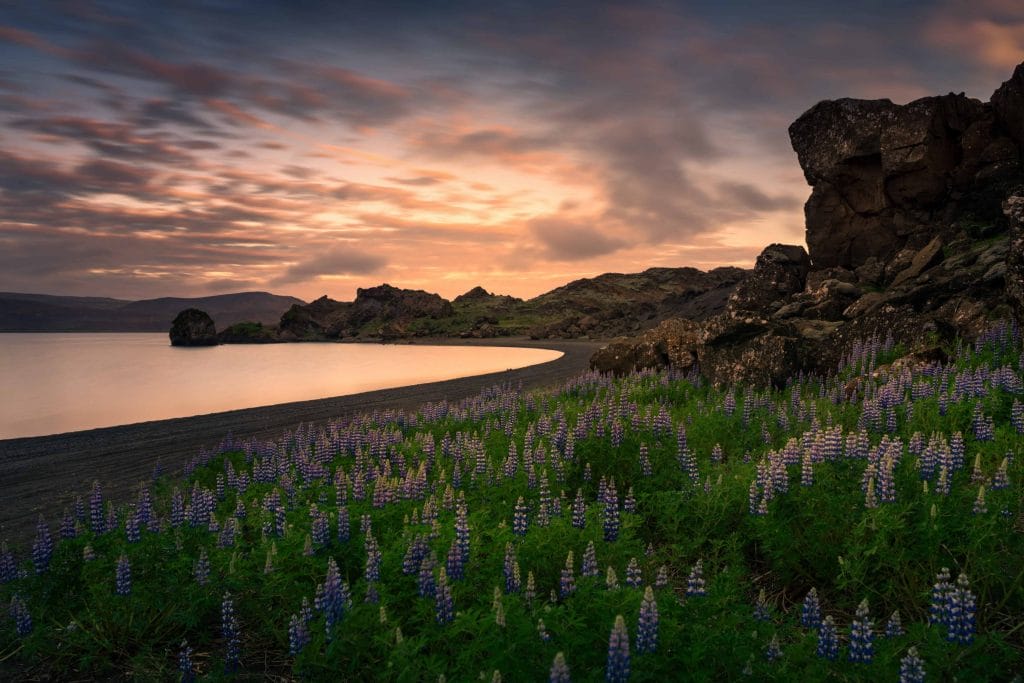
One of the deepest lakes on the Reykjanes peninsula, Kleifarvatn features a total depth of 90 meters and covers about 8 square meters of area. It sits atop a mid-Atlantic ridge and is located right outside the capital city of Reykjavík at a distance of approximately 30 km. The surrounding landscape of the lake is as mesmerizing as they come – volcanic views, multi-colored hills, sculptures, and geographical structures formed by lava and much more.
What makes the Kleifarvatn lake special is the recent findings that discovered the presence of an underwater hot spring in the lake. Situated about 10 m away from the shore, the hot spring emits a large amount of hot water and gases in the lake changing the whole diversity of the marine life there. The air pressure released from the thermal energy sends off vibrations to the lake surface that are often felt by the diver and come across as a strange yet exciting experience.
Garður
The name of this diving site means ‘garden’ in Icelandic which certainly does justice to the wide diversity of flora and fauna found in this rich fishing ground of this town. Garður is situated at a distance of about an hour from the capital city. The diving area entrance lies on the shore into the ocean. There is also an option of climbing down the ladder from the pier on the shore. This diving site can be explored in a simple day tour from Reykjavík. There are 42 different species of marine algae to be found on the diving site underwater along with a beautiful kelp forest. The forest houses many species fishes including scorpionfish, monkfish, different kinds of flatfish, and wolffish. Taking a multi-day diving tour from Reykjavík is another option for you to pick or you can simply get a single-day trip to the diving sites depending on your trip schedule.
Bjarnagjá: A Mixed Dive
An 18-meter deep lava gorge, Bjarnagjá is situated on the Reykjanes peninsula – a few hundred meters away from the coast of the Atlantic Ocean. The water in this ravine if fresh although it often gets influenced by the salty ocean water. If you are not able to choose between a fresh or salty water dive than Bjarnagjá is the perfect site to get the best of both worlds. Since it is pretty close to the popular Blue Lagoon, you can easily visit it as you set out on a tour to the Blue Lagoon or take out a separate day just for the dive.
Nesgjá: The Silfra of the North
Perfect for both snorkeling and diving, Nesgjá is a shallow but a gorgeous fissure in the north of Iceland between the two tectonic plates. The fissure is filled with glacial water filtered through porous lava rocks for years just like Silfra. The underwater visibility is also as good as Silfra. Some experts believe that you can see even further than 100 meters in Nesgjá. It all depends on the type and quality of the face mask that you’re wearing. A dive in this fissure will have you experience beautiful underwater flora along with many species of fishes including arctic char and salmonids. Dive in Nesgjá is like a walk in a beautiful yet mysterious hallway that is filled with surprises heading right towards you.
Westfjords
A large peninsula in Northwest Iceland, Westfjords is an administrative district that is situated facing Greenland from its east coast. Westfjords shores are well known for being the landmark of Iceland’s fishing industry. The dives that take place in this area are full of exploration of interesting historical artifacts and wrecks lying below the surface of the water. Since the divers are to dive right in the ocean there is no shortage of glimmering underwater flora and fauna. You can easily spot monkfish here and this is the only diving site where you can find hard corals off the shores of Iceland. Summer divers also get a chance to swim along migrating whales and dolphins from the north.
Litlaá Snorkel Site
This special site is reserved only for snorkeling. Litlaá, which can be translated to “little river” in Icelandic, has a total depth of 7 meters making it a suitable site for only snorkeling activities. This is the only snorkeling site in Iceland where the water is warm. Since snorkeling in most of the hot springs like the Blue Lagoon is not allowed, this site offers the same calming sensation that a hot spring brings along with an experience of beautiful underwater sites. You can simply embed Litlaá on your multi-day tour from the capital city. Many tour companies provide different packages so you pick whichever one suits you the best.
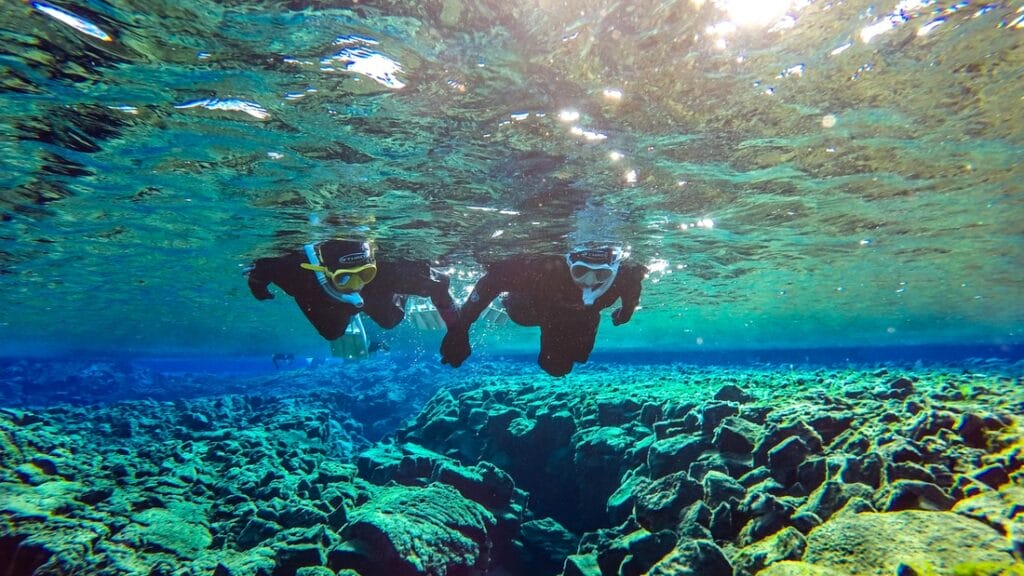
How to Choose A Site?
There are only a few parameters you need to consider before you choose a site or two for your trip:
- Do you want to go snorkeling or diving?
- Are there both divers and snorkelers in my group?
- Do you want a single-day or a multi-day tour package?
- Do you want a pick up from your hotel or would you like to meet on location?
- Do you want a mix activity package or a separate arrangement for snorkeling and diving?
If you have both snorkelers and divers in your group, you can pick a site like Silfra fissure where both activities are available. Although if you have only divers or only snorkelers in your group then pick a site accordingly. For divers only group, pretty much all the sites are open to exploring, and for snorkelers, only group places like Litlaá snorkel site are a good choice.
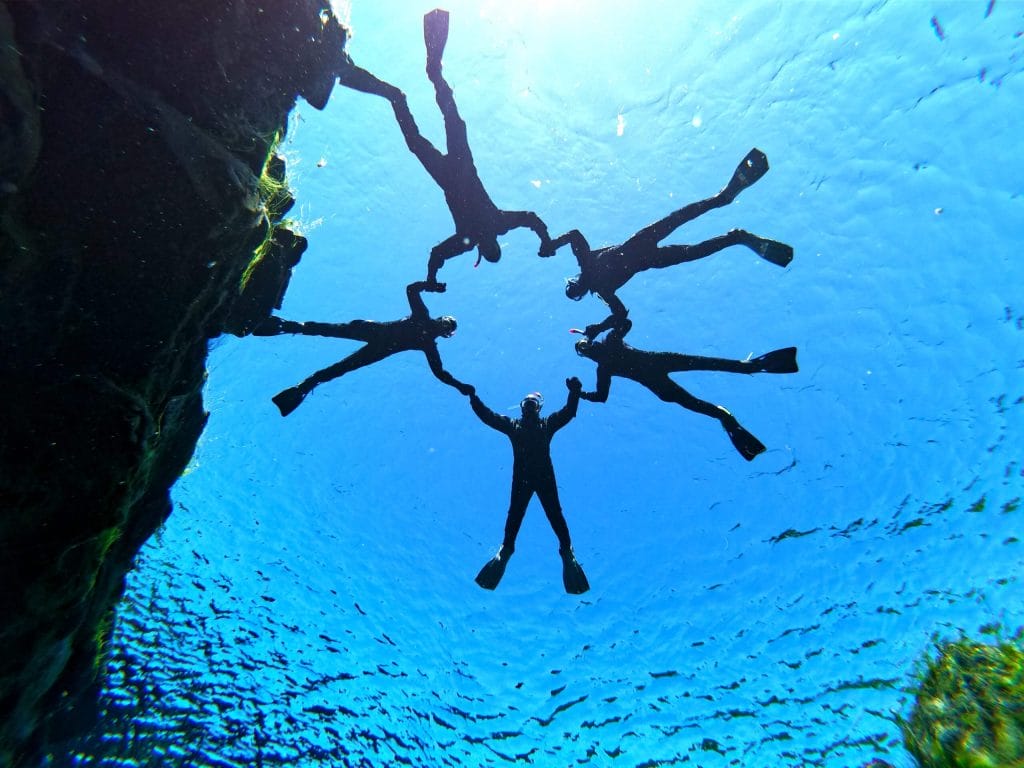
Health Parameters and Regulations
There are general guidelines and regulations in Iceland for activities like diving and snorkeling. Following is a list of common restrictions that apply to both diving and snorkeling:
- Pregnant women
- Kids below the age of 16 (17 years in case of diving). Guardian’s permission is required for children below the age of 18.
- People who are not 150 cm tall or weigh at least 45 kg
- Folks suffering from conditions listed in the regulation handbook like asthma or cold allergies. A valid doctor’s permit will be required for you to join the tour if your response is affirmative to any of the listed conditions.
Additional Diving Regulation
- Certified diver at PADI Open Water level or equivalent
- Drysuit diving experience – within past 2 years of the tour date
- Physical proof of diving certification
- Drysuit diving experience proof – dated within the last two years of tour date
Some Final Tips
While snorkeling and diving brim with excitement and joys of exploring the mysterious, one always needs to take care of the safety measure first and foremost. Do not forget to check these points on your list before you start your dive:
- Double-check the equipment. See if you can comfortably breathe through the regulator and check for the condition of the rest of the equipment.
- If you are a frequent diver, bringing your mask and breathing regulator is a smart choice.
- While the diving instructor will check for all the necessary health condition requirements, make sure you are feeling well in general.
- Lastly, stay with your diving group and the instructor to avoid mishappening.


